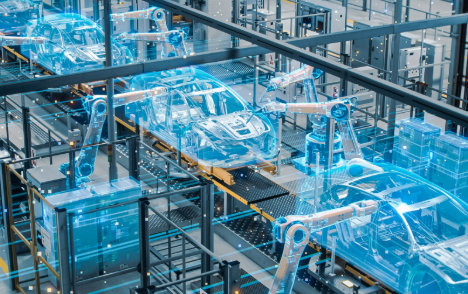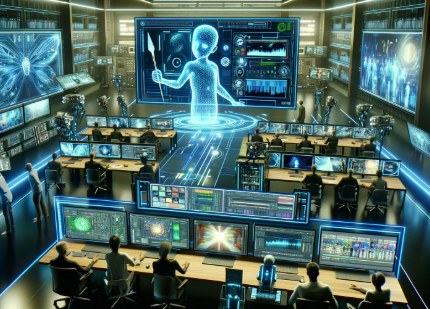How Smart Grids Are Revolutionizing the Energy Industry
Smart grids represent a significant advancement in energy management, driven by the convergence of IoT and AI technologies. These systems enhance efficiency and reliability through real-time data analysis and improved resource allocation. Moreover, they empower consumers with access to actionable energy insights, fostering more responsible usage. As the integration of renewable energy sources becomes increasingly feasible, the implications for a sustainable energy future raise important questions about how these innovations will reshape the industry landscape.
The Role of IoT and AI in Smart Grids
As the energy industry evolves, the integration of the Internet of Things (IoT) and artificial intelligence (AI) into smart grids emerges as a critical factor in enhancing operational efficiency and reliability.
IoT applications enable real-time data collection, while AI algorithms analyze this data to optimize grid management.
This synergy empowers stakeholders, fostering innovation and promoting a decentralized energy landscape that champions individual autonomy and resource efficiency.
Enhancing Energy Efficiency and Reliability
Enhancing energy efficiency and reliability within smart grids requires a multifaceted approach that leverages advanced technologies and innovative practices.
Demand response programs empower consumers to adjust their energy usage during peak times, while grid optimization techniques ensure resources are utilized effectively.
This synergy not only reduces waste but also enhances stability, paving the way for a more sustainable and resilient energy future.
Empowering Consumers Through Data and Control
While traditional energy systems often limit consumer engagement, the advent of smart grids transforms this dynamic by providing individuals with unprecedented access to real-time data and control over their energy consumption.
Data transparency empowers consumers to make informed choices, fostering greater engagement. This newfound autonomy encourages responsible energy use, ultimately leading to a more sustainable and liberated approach to energy management.
The Future of Renewable Energy Integration
Although challenges remain, the integration of renewable energy sources into smart grid systems presents a transformative opportunity for the energy sector.
As renewable technology advances, energy policies must evolve to support decentralized energy production. This shift not only enhances energy independence but also empowers consumers, allowing them to harness clean energy.
Ultimately, such integration fosters a sustainable future, aligning with the desires for freedom and autonomy.
Conclusion
In the grand tapestry of the energy landscape, smart grids emerge as the skilled weaver, interlacing strands of technology and sustainability. By harnessing the powers of IoT and AI, these grids not only enhance efficiency but also empower consumers to take the reins of their energy usage. As they pave pathways for renewable integration, smart grids illuminate the way toward a resilient future, transforming the energy industry into a vibrant ecosystem where innovation and responsibility flourish side by side.




